What Is Recyclable Polyfoam (EPE Polyfoam Wrap) and Why It Matters
Recyclable polyfoam, also known as Expanded Polyethylene (EPE) polyfoam wrap, is a versatile packaging material made with a closed-cell structure. Each layer of foam traps air pockets within resilient polyethylene, giving it excellent cushioning and impact resistance. Its properties include shock absorption, moisture resistance, and flexibility, making it suitable for protecting delicate products during transit.
What sets The Foam Company’s Polyfoam Wrap – Expanded Polyethylene Rolls (EPE) apart is its eco-friendly nature. It is marketed as 100% recyclable and environmentally friendly, offering businesses a sustainable alternative to single-use packaging. Unlike traditional non-recyclable foams or polystyrene, EPE wrap can be reprocessed and reused, reducing landfill waste.
This distinction is critical as non-recyclable foams, like polystyrene, often end up in landfill or pollute waterways, where they take hundreds of years to degrade. Switching to recyclable EPE helps businesses lower their environmental impact while still maintaining reliable protective qualities.
Compostable Foam Options: Emerging Alternatives and Their Trade-Offs
Compostable foams are another option emerging in sustainable packaging. These are often made from cornstarch, plant-based polymers, or other organic materials designed to break down naturally. While compostable foams are eco-friendly, they come with trade-offs.
They are less durable compared to recyclable polyfoam, meaning they may not offer the same long-term protective properties. Compostable foams are more prone to breaking down under moisture or mechanical stress. In contrast, EPE polyfoam offers greater resilience and longevity.
Cost is another factor. Compostable foams are typically more expensive, which can limit their adoption in industries requiring large-scale packaging. That said, they make sense for specific uses such as lightweight goods, single-use packaging, or branding strategies that highlight compostable credentials.
Cost Analysis: Recyclable Polyfoam vs Traditional Packaging Materials
When comparing recyclable polyfoam to traditional packaging options like bubble wrap, standard polyethylene (PE) foam, or polystyrene, the cost profile extends beyond upfront material prices. Per square metre, bubble wrap might appear cheaper, but EPE polyfoam’s performance, longevity, and recyclability create more value in the long run.
Polyfoam’s lightweight nature reduces shipping costs, helping businesses save on transport expenses. Disposal is also more affordable, as recyclable polyfoam can be collected and reprocessed rather than sent to landfill, where fees and compliance costs continue to rise.
When calculating the long-term cost of waste management, landfill levies, and environmental compliance, recyclable polyfoam emerges as the smarter choice both economically and environmentally.
Waste Reduction & Recycling Processes in Australia
In Australia, organisations like the Expanded Polystyrene Australia (EPSA) provide national recycling programs that businesses can use to responsibly dispose of polyfoam products. The Foam Company actively supports these initiatives and encourages clients to recycle materials rather than send them to landfill.
The recycling process for EPE involves collection, cleaning, and then reprocessing through melting or mechanical breakdown into pellets. These pellets are reused to create new foam-based products, closing the loop in sustainable packaging.
Challenges remain, such as contamination, the bulky nature of foam waste, and regional gaps in recycling infrastructure. However, with proper handling and partnerships, businesses can significantly reduce waste output.
Client Success Stories: Businesses Switching to Recyclable Polyfoam Wrap
Many Australian businesses are already experiencing the benefits of switching to recyclable polyfoam wrap. One shipping company, for example, reported a significant reduction in product damage during transit after adopting EPE wrap. Their waste output also decreased, making disposal cheaper and more sustainable.
An electronics manufacturer provides another example. By combining recyclable EPE wrap with compostable fillers for lighter items, they achieved a 40% reduction in non-recyclable packaging waste. Customer feedback also improved, with buyers appreciating the company’s eco-conscious packaging approach.
Implementation Steps for Businesses Making the Switch
Transitioning to recyclable polyfoam wrap begins with a packaging audit. Businesses need to assess their current material use, volumes of waste generated, and costs. Once these factors are clear, choosing the right EPE wrap thickness or density becomes easier.
The Foam Company provides multiple grades and densities of recyclable EPE wrap to suit different product needs. Businesses can also explore complementary options like EPE foam sheets or BioFill biodegradable packaging for maximum flexibility.
Training staff is an essential step. Proper packing practices minimise material overuse and improve efficiency. Finally, setting up a recycling return channel ensures that foam waste is diverted to recycling programs instead of landfill.
Benefits of Using Recyclable Polyfoam Wrap for Sustainability and Branding
Recyclable EPE polyfoam wrap reduces environmental impact by cutting down on landfill waste and lowering emissions associated with packaging disposal. It also supports compliance with growing sustainability regulations in Australia.
Beyond compliance, using eco-friendly packaging strengthens brand reputation. Today’s consumers value transparency and eco-conscious practices. Marketing products as “sustainably shipped” can increase loyalty and appeal among environmentally aware buyers.
Businesses that make this switch enjoy a dual benefit: reduced environmental footprint and improved customer satisfaction.

Challenges & Considerations Before Switching
Switching to recyclable foam packaging does require consideration. Costs are slightly higher compared to traditional packaging in some cases, and businesses need reliable suppliers to avoid stock shortages.
There are also performance trade-offs. While EPE polyfoam excels at general shock absorption, extreme conditions such as exposure to sharp edges, very high heat, or long-term compression may require additional protective measures.
Companies must also be wary of greenwashing. Ensuring that recyclable products are genuinely processed through approved channels is key to maintaining credibility and environmental responsibility.
The Foam Company’s Products & Support: Your Partner in Eco-Friendly Foam Packaging
The Foam Company is proud to offer a range of eco-conscious packaging materials, including:
-
Polyfoam Wrap – Expanded Polyethylene Rolls (EPE): 100% recyclable and eco-friendly.
-
EPE Foam Sheets: Custom-cut to size, fully recyclable, ideal for specific product needs.
-
BioFill Biodegradable Packaging: A biodegradable packaging option that complements EPE wrap for complete sustainability.
Along with products, The Foam Company provides tailored support, including advice on choosing the right foam grades, cutting services, and recycling guidance.
Call to Action: How to Start with Recyclable Polyfoam Wrap Today
Businesses can begin their transition by requesting a quote for recyclable polyfoam wrap from The Foam Company. A pilot project is a good first step, allowing businesses to measure product damage, packaging waste, and cost differences compared to current materials.
The Foam Company also invites clients to share their success stories. These stories may be featured to highlight real-world sustainability gains and encourage broader adoption.
Conclusion: Sustainable Packaging Is Not Just Good Ethics, It’s Good Business
Recyclable polyfoam wrap delivers practical protective performance while helping businesses reduce waste and improve their environmental profile. Compared to traditional materials, it lowers costs over the long term, complies with sustainability regulations, and enhances brand value.
The shift toward eco-friendly packaging is no longer optional; it is increasingly expected by both regulators and consumers. With the right partner, making this transition is simple and cost-effective.
The Foam Company stands ready to help businesses make that switch today—providing reliable recyclable and biodegradable packaging solutions that align with both operational needs and sustainability goals.


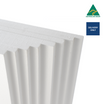
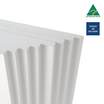
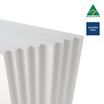
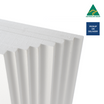
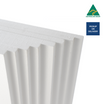
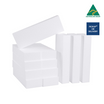
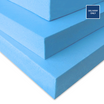
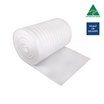
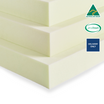
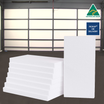
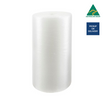
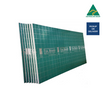
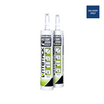

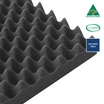
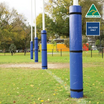
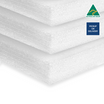
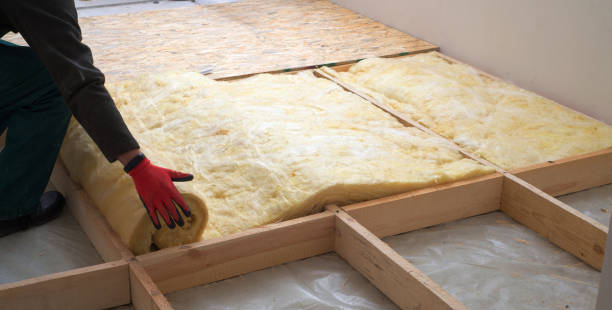
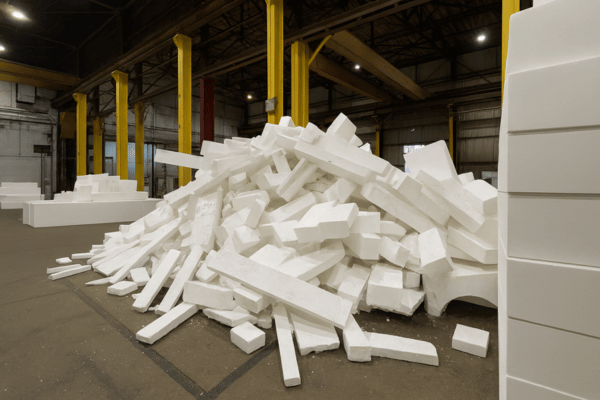
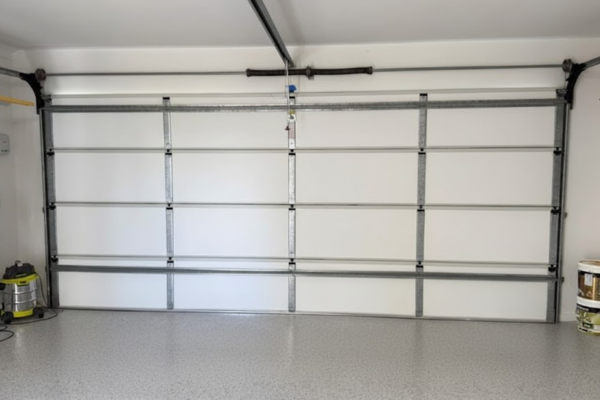
Leave a comment
This site is protected by hCaptcha and the hCaptcha Privacy Policy and Terms of Service apply.